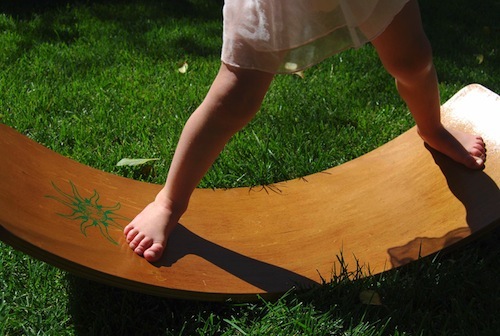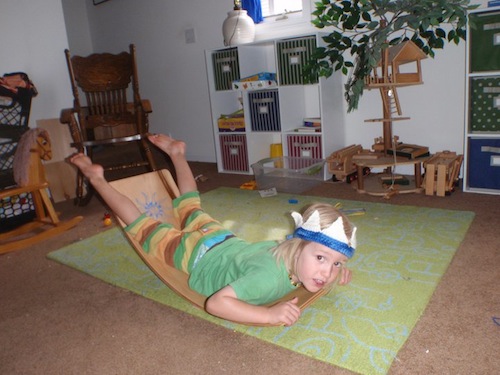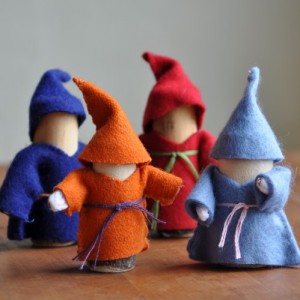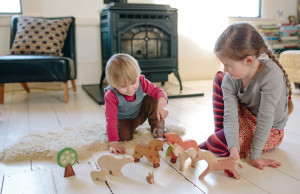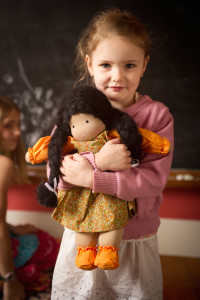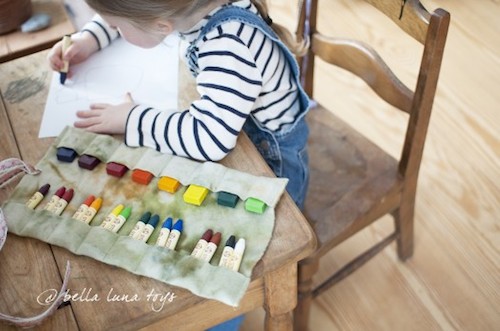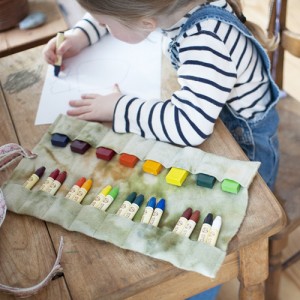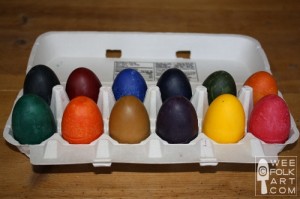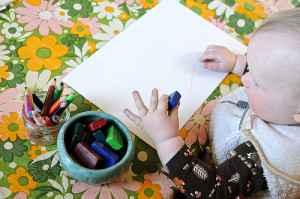This week on Sunday With Sarah, I answer a viewer’s question, and share some ideas on how to encourage healthy eating and to discourage picky eating by children and toddlers.
In addition to the ideas discussed in the video, here are some other ideas:
Do not bribe children to eat!
Why? It doesn’t work in the long run. Children will do what you ask only to get the reward. When the reward is no longer offered, they lose their motivation. We want healthy eating to become a habit.
Here’s an article from the New York Times on why bribery isn’t an effective way of modifying a child’s behavior.
Never offer dessert as a reward.
This gives children the message that sweets are more desirable than more nutritious foods, and that more savory foods are only to be endured in order to get the dessert.
Serve healthy desserts.
Try offering desserts such as yogurt, fruit, baked goods with whole grains, or applesauce, and limit desserts to only a couple of evenings a week.
If your child dislikes vegetables, try serving more fruit.
If your child turns up his or her nose at certain vegetables, try offering a wider variety of fruits instead. Colorful fruits offer most of the same vitamins and nutrition as vegetables.
Try saying “Are you still hungry?” rather than “Are you full?.”
If you are trying to encourage a picky eater to eat more, this can change a child’s mindset. If s/he is still hungry, offer more of the food choices s/he likes.
Have you found effective ways to encourage a picky eater to eat more? Please share your successes and challenges here!

